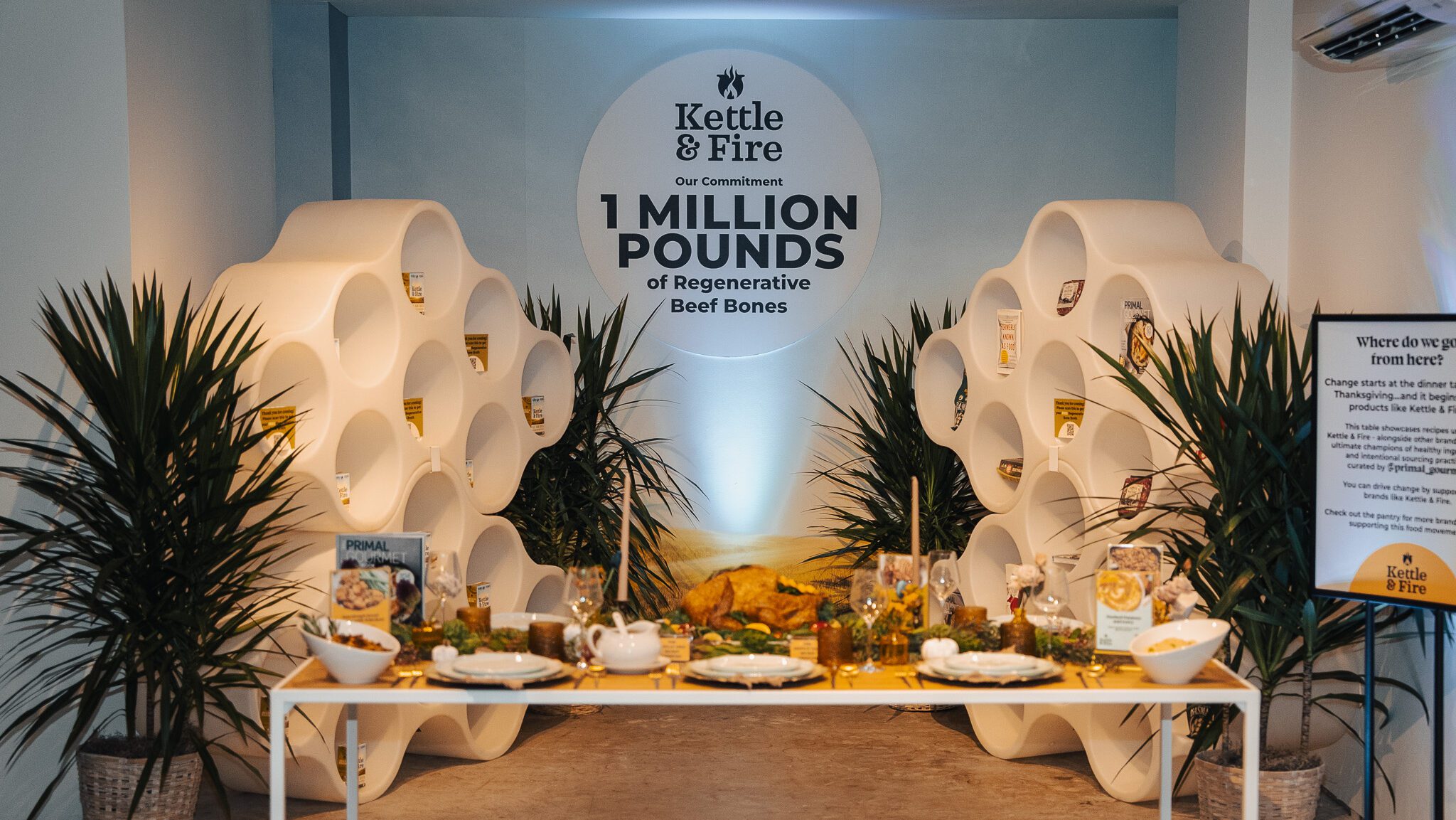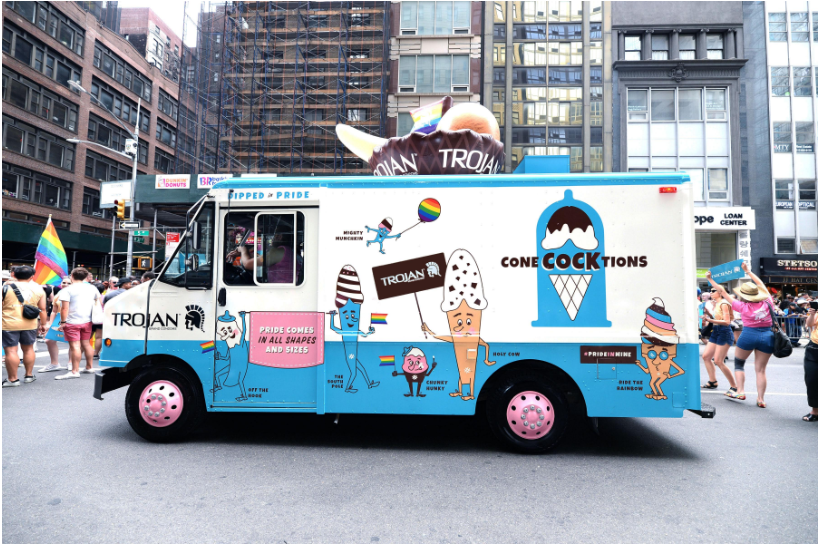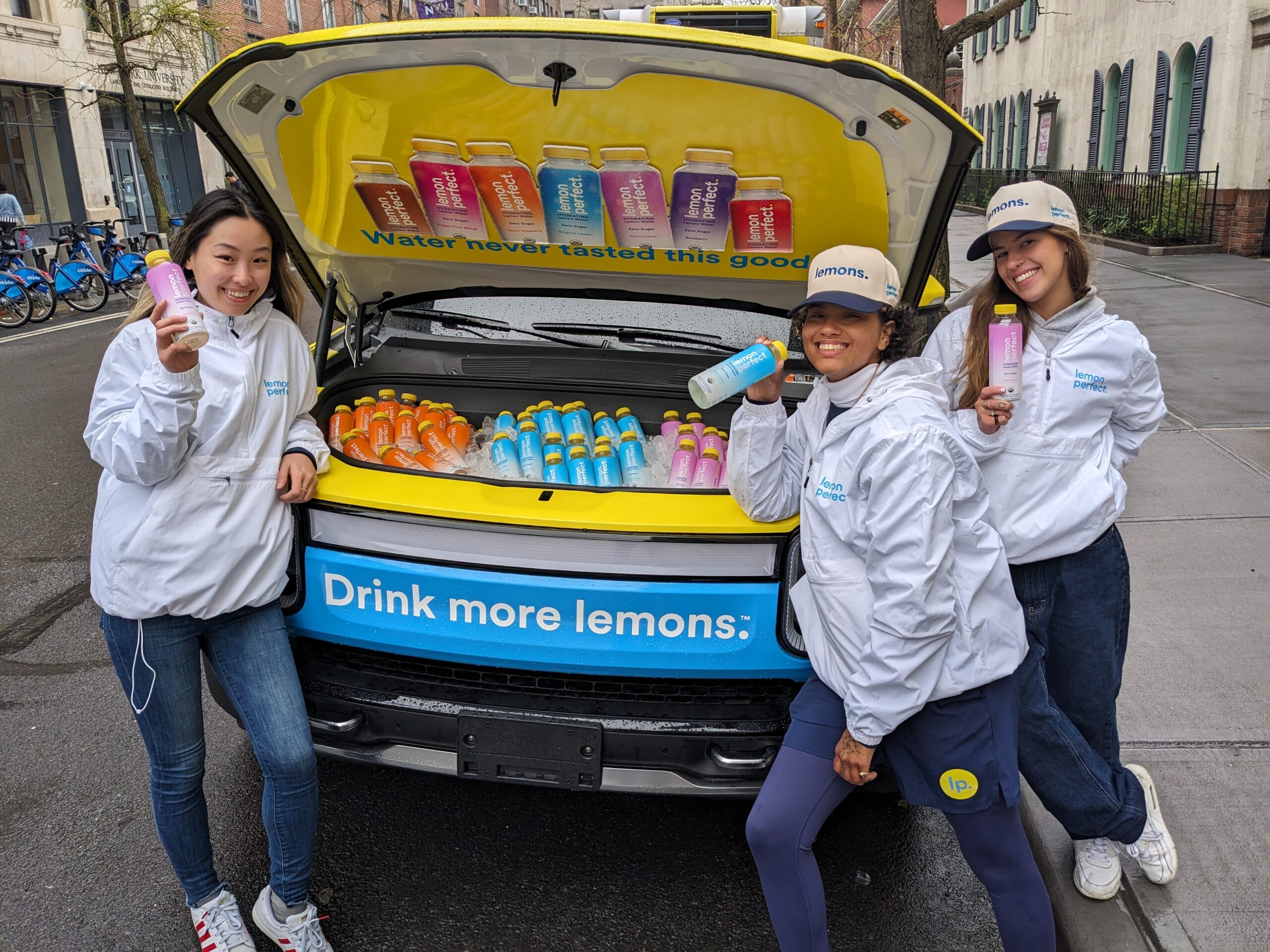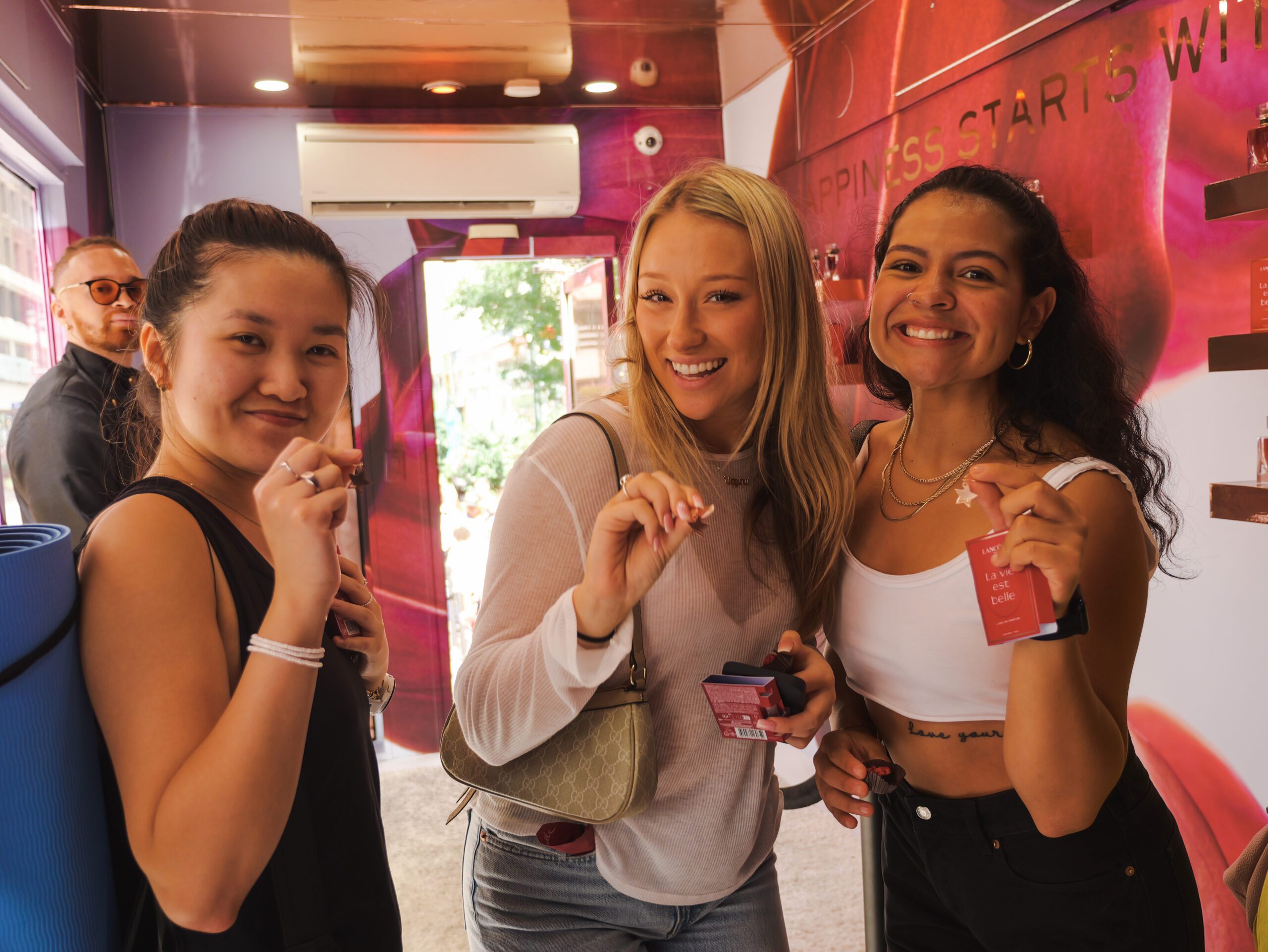
- Experiential Marketing
7 Experiential Marketing Trends for 2025
As brands navigate a rapidly evolving landscape, experiential and immersive marketing events and pop-ups are making a shift toward ever-more immersive, personalized and sustainable experiences that rise above the digital noise and connect directly with consumers. Next year presents an opportunity for brands to make a big impact.
“The lines between digital, physical, and social experiences have blurred,” says marketer Jack Morton, “bringing us into the Experience Age.”
Here are seven top trends we’re seeing for 2025 in experiential marketing:
1. Data-Driven Insights and Real-Time Analytics
While brands continue to leverage time-tested means of figuring out who their customers are, like surveys, interviews, demographic research, and behavior on their websites, data gathered on-site, as customers move through your experiential event or retail store, has proved indispensable in identifying both successes and pain points in the field.
Whereas 10 years ago this meant following customers via store apps, today “brands use a surprising number of methods to track customers in physical spaces, as they move through physical stores, pop-ups, and even activations and expos.”
“We’ve seen rising demand for integrated tech like RFID tracking and interactive kiosks that capture audience behavior,” says a post on bandt.com. As the technology grows and improves, we expect to see it being incorporated into all the other trends described below.
2. Hyper-Personalization
Consumers have already begun to expect content and product experiences that are personalized to their needs and preferences. This trend isn’t going away, and brands are responding by using data and technology to create unique experiences for experiential event attendees, says bandt.com.
How can brands leverage data to create memorable experiences? Personas are one way. “Well-crafted, well-researched personas give a face (or several) to your target audience, helping you design an event that reflects the audience’s needs, interests, and motivations,” says a 2024 Promobile article.
3. Immersive and Hybrid Experiences
Consumers’ appetite for immersive and experiential marketing continues to grow as brands get more and more creative. Brands will continue to use virtual and augmented reality technologies to transport audiences to new worlds and create memorable physical experiences, both passive and interactive.
“We’re seeing a continued push towards hybrid experiences that seamlessly merge in-person and digital touchpoints,” says bandt.com. “Clients want activations that engage attendees on-site while extending the experience online.” This blending of online and offline could involve leveraging retail media networks, live streaming events, or distributing QR codes for exclusive digital content and gamified interactions.
4. Experiential Retail
Increasingly, pop-up shops are getting the immersive, full-experiential treatment as standalone events like activations. These temporary retail spaces drive brand awareness and sales by immersing customers in the universe of the brand. We’ve seen this recently with beauty brands like Amika and Bobbi Brown — customers step into a space that’s all about the brand, reflective of its values as well as value propositions.
Pop-up shops Promobile built with haircare brand Amika created a fun, multisensory immersion into the brand’s sensory world. Participants learned about products as they picked up samples and spoke with brand ambassadors. The pop-up featured color-saturated bathroom-themed vignettes, perfect for a product typically used in the shower or tub. “As they posed for selfies in a vividly blue tub or orange-hued shower, participants literally immersed themselves in the cheerful, Amika-colored fantasy and created images worth sharing on social media,” says Promobile.
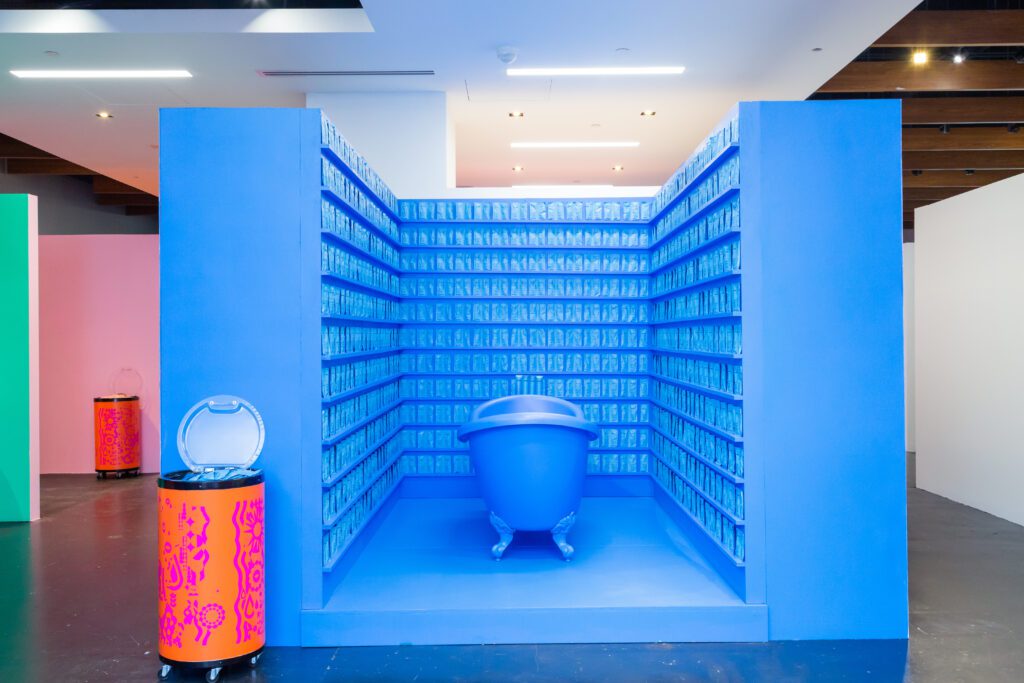

Like Amika, brands will increasingly make use of custom installations to create their brand “worlds” for consumers. “Custom builds create a tangible connection, cutting through the noise and leaving a lasting impression that digital alone cannot achieve,” notes displaywise.com.
5. Social Impact
Inclusivity, accessibility, and social justice emerged as high priorities for consumers a few years back, but make no mistake: the trend is going strong, and consumer expectations are only climbing.
According to a recent report by marketing data and analytics experts at Kantar, “Globally, diversity, fairness, and inclusion are now non-negotiable for Gen Z and Millennials as well as those who are part of high-growth, underserved populations.”
The causes could be as broad as climate change or as targeted as supporting local businesses, as in the case of a collab between Tazo Tea and producer-actor-entrepreneur Issa Rae to promote the brand’s Cafe Collective, a network supporting local, independent cafes. The sampling pop-up invited independent cafe owners to join the Collective. A custom-created recipe and giveaways like swag bags and recipe cards were served to more than 300 local consumers and shop owners.
“Examining the range of life experience will be critical when planning events — going beyond race and gender to consider geography, culture, and disabilities will be vital to an activation’s success,” says a post on obexp.com. Brands hoping to connect with both middle-aged and newly minted consumers must be transparent about diversity, inclusion, accessibility, and social justice goals.
6. Sustainability
Gen Z and Millennial consumers expect brands to be tuned in to environmental impact, whether that means sustainable sourcing, waste-free packaging, labor issues, or fair trade. These consumers expect not only products but also events to go green. “There’s a growing demand for eco-friendly activations, from sourcing sustainable materials to minimizing waste and ensuring circularity at the end of a project’s lifecycle,” says bandt.com
“We’re also experiencing increased requests for transparency on material sourcing and sustainability policies, as brands aim to align with consumer values and business objectives,” notes displaywise.com.
Brands working with Promobile are taking on food change issues like sustainability, food waste, and environmental impact in activations and pop-ups. Meat alternative brand Meati ran a sampling campaign for its plant-based products, using the fun format of a blind taste test to put the product in consumers’ hands and gather feedback. Leading bone broth brand Kettle & Fire staged an ambitious, six-phase experience that walked visitors through the evolution of our flawed food system and highlighted ways to make meaningful change. The event also highlighted the company’s commitment to source one of its main ingredients — beef bones sustainably.
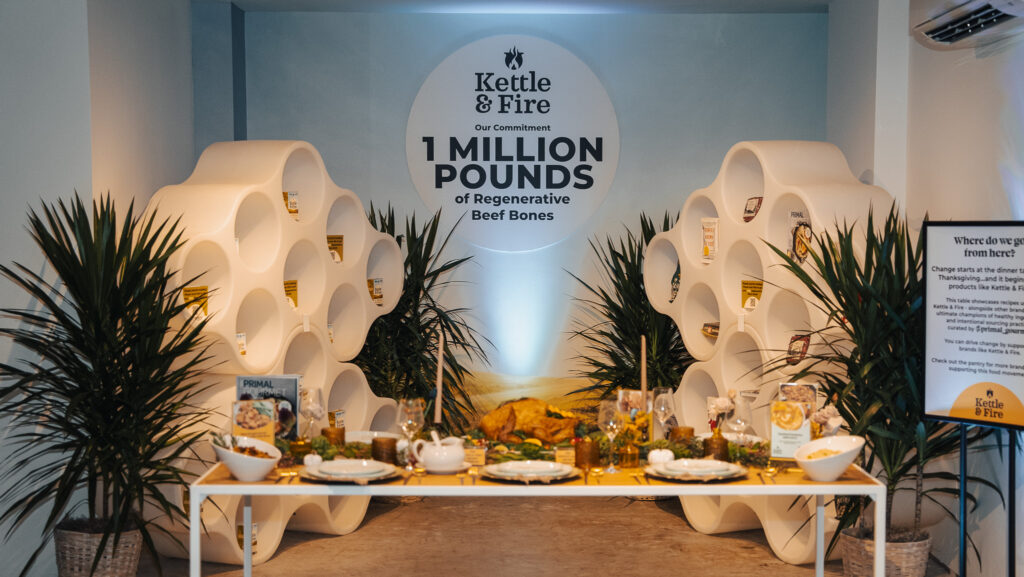

7. Creating for UGC
User-generated content has become highly influential in consumers’ preferences and purchases. Some 72% of consumers say their friends’ content about brand experience influences their buying decisions.
Increasingly high-quality cameras, sophisticated yet user-friendly editing tools, and a growing number of social sharing platforms makes producing this content quicker and easier for consumers. “Consumers are using this power to express themselves in ways that serve as a digital extension of themselves — this is an obvious opportunity for brands,” says obexp.com.
Brands can take advantage of this desire by curating experiences to include camera-ready opportunities for users to create their own content. Clever backdrops, custom installations or vignettes visitors can interact with, and high-tech photo booths will continue to be popular, especially with Gen Z.
“Enabling people to capture and share great content within their personal communities will help brands extend their reach beyond activation day without sacrificing quality,” notes obexp.com.
Promobile Marketing is a dynamic experiential marketing agency based in New York City. For over a decade, Promobile Marketing has collaborated with a range of brands—from budding startups to major CPG brands—on immersive marketing campaigns. Get in touch to discuss your next project.
